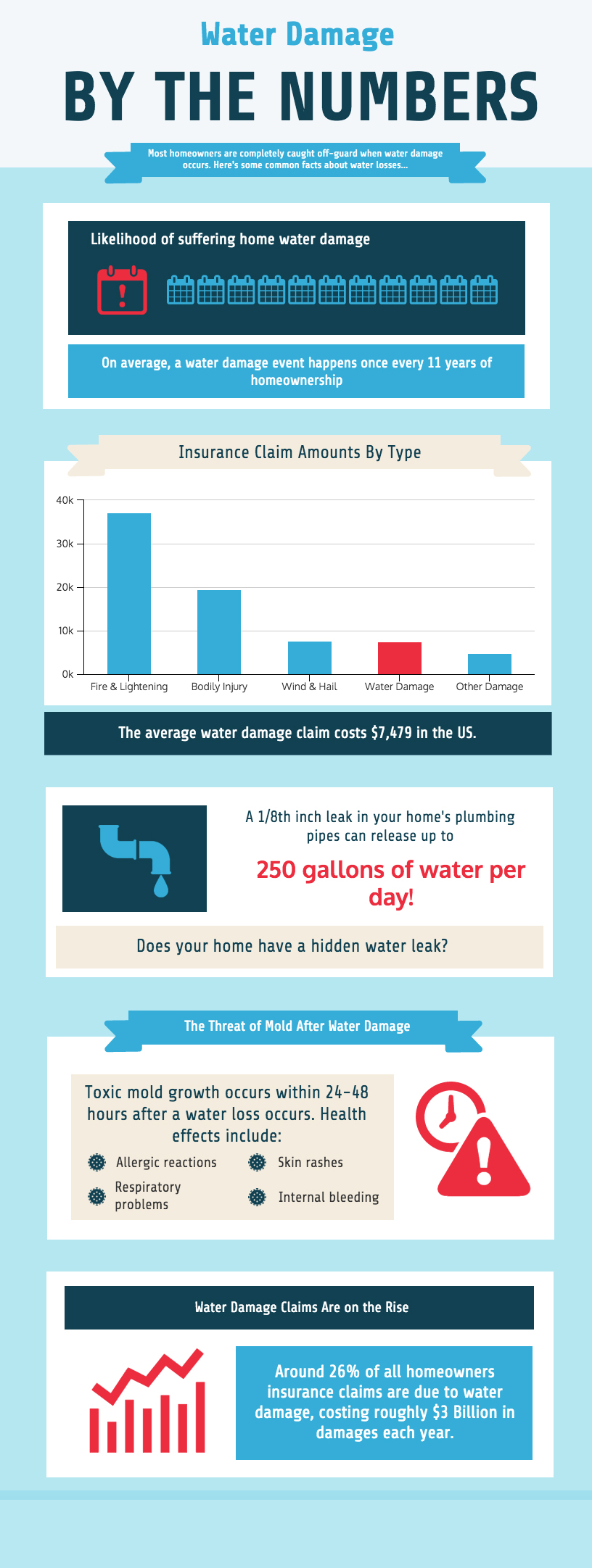Evaluating The Costs Of Solar Panel Setup: Is It A Smart Financial Move?
Evaluating The Costs Of Solar Panel Setup: Is It A Smart Financial Move?
Blog Article
Published By-Rowe Potts
When considering the expenses of solar setup, you could question the upfront investment required and whether it lines up with the potential long-term benefits. Comprehending the complexities of these expenditures and the different variables affecting the total return can clarify the value recommendation of transitioning to solar energy. By evaluating both the first setup prices and the predicted financial savings gradually, you can gain understanding right into whether the financial investment in solar setup holds guarantee for your economic future.
First Setup Expenses
When considering the expenses of solar setup, the initial arrangement costs play a crucial role in your decision-making process. examples of active solar energy systems in advance prices include the price of photovoltaic panels, inverters, mounting equipment, and installation labor.
The price of photovoltaic panels can differ depending upon the brand, efficiency, and size you choose. Inverters are vital for converting the sunlight's power into usable electricity and come in various kinds such as string inverters, microinverters, and power optimizers, each with its very own price effects.
Installing devices, such as shelfs and rails, is needed to firmly mount solar panels on your roof or building.
The installment labor expense covers the professional installation of the solar system, making sure that every little thing is set up appropriately and successfully. Keep in mind that while these preliminary setup expenditures might appear high, there are typically refunds, tax incentives, and funding choices available to help counter the expenses and make solar installation much more cost effective in the future.
Long-Term Savings Analysis
To recognize the financial advantages of solar installation over time, it's important to conduct an extensive long-term cost savings analysis. While the first setup expenses of photovoltaic panels may appear complicated, the long-term savings can exceed these expenses dramatically. By taking advantage of the power of the sunlight to produce electrical power for your home, you can potentially conserve thousands of bucks on your utility costs over the life-span of your solar system.
Among the essential aspects to think about in a long-lasting cost savings evaluation is the decrease in your power bills. With photovoltaic panels, you can produce your electrical energy, minimizing or even eliminating your dependence on the grid. sunpower company solar energy can lead to significant savings, specifically as utility rates continue to climb.
In addition, many governments supply motivations such as tax debts and discounts for setting up photovoltaic panels, additionally improving your long-lasting financial savings. By taking advantage of these incentives and maximizing your solar power manufacturing, you can enjoy substantial economic advantages for several years ahead.
Roi Computation
Taking into consideration the economic benefits of solar setup, it's time to assess the Roi (ROI) calculation. Figuring out the ROI entails comparing the total expenses of mounting a solar system with the financial advantages it generates over its life expectancy.
To determine ROI, split the internet benefit from the system by the complete financial investment expense and increase by 100 to get a percent. The ROI formula is: (Net Earnings/ Overall Investment Price) x 100.
As an example, if the complete cost of installing a planetary system is $20,000, and over its lifespan, it creates cost savings and profits amounting to $30,000, the web revenue would certainly be $10,000. Dividing this by the total investment price of $20,000 gives a proportion of 0.5. Multiplying this by 100 gives an ROI of 50%.
Usually, a greater ROI suggests an extra financially rewarding investment. Factors like federal government incentives, maintenance prices, and power price variations can impact the ROI of solar setups. Comprehending the ROI aids in assessing whether purchasing solar power is worth it over time.
Final thought
Finally, recognizing the prices of solar installment is critical for identifying if it is worth the financial investment. By thinking about first setup expenses, carrying out a lasting savings evaluation, and computing the return on investment, you can make an educated decision about the monetary worth of solar energy. With the potential for minimized energy costs and enhanced power independence, investing in solar installation can be a clever selection for both your purse and the setting.
